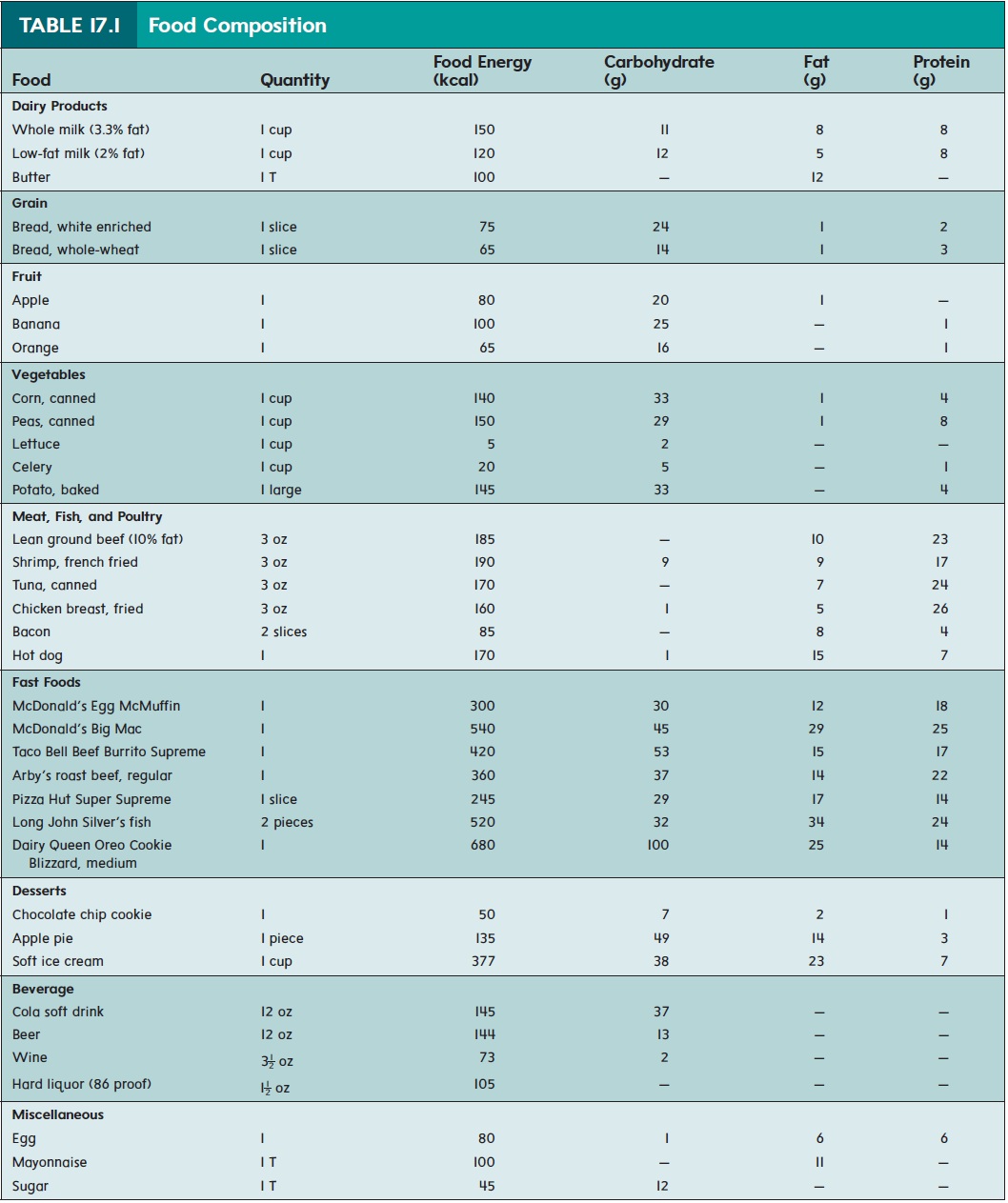Chapter: Essentials of Anatomy and Physiology: Nutrition, Metabolism, and body Temperature Regulation
Proteins - Human Nutrition
Proteins
Sourecs in the diet
Proteins (pr̄o′t̄enz) are chains of amino acids (see figure 2.16).They are found in most of the plant and animal products we eat (see table 17.1). Proteins in the body are constructed of 20 differentkinds of amino acids, which are divided into two groups: essential and nonessential amino acids. The body cannot synthesize essentialamino acids, so they must be obtained in the diet. The nine essentialamino acids are histidine, isoleucine, leucine, lysine, methionine, phenylalanine, threonine, tryptophan, and valine.Nonessentialamino acids are necessary to construct our proteins but do notnecessarily need to be ingested, since they can be synthesized from the essential amino acids. A complete protein food contains all nine essential amino acids in the needed proportions, whereas an incomplete protein food does not. Animal proteins tend to be complete proteins, whereas plant proteins tend to be incomplete. Examples of complete proteins are red meat, fish, poultry, milk, cheese, and eggs. Examples of incomplete proteins are leafy green vegetables, grains, and legumes (peas and beans). If two incomplete proteins, such as rice and beans, are ingested, each can provide amino acids lacking in the other. Thus, a vegetarian diet, if balanced correctly, provides all the essential amino acids.

Uses of Proteins in the Body
Proteins perform numerous functions in the human body, as the fol-lowing examples illustrate. Collagen provides structural strength in connective tissue, as does keratin in the skin. The combination of actin and myosin makes muscle contraction possible. Enzymes are responsible for regulating the rate of chemical reactions in the body, and protein hormones regulate many physiological processes . Proteins in the blood act as clotting factors, transport molecules, and buffers (which limit changes in pH). Proteins also function as ion channels, carrier molecules, and receptor molecules in the cell membrane. Antibodies, lymphokines, and complement are all proteins that function in the immune system.
Proteins can also be used as a source of energy, yielding approximately the same amount of energy as that derived from carbohydrates. If excess proteins are ingested, the body can use the energy from the proteins to produce glycogen and lipid mol-ecules, which can be stored. When protein intake is adequate in a healthy adult, the synthesis and breakdown of proteins occur at the same rate.
Recommended Consumption of Proteins
The AMDR for protein is 10–35% of total kilocalories. See table 17.1 for a sampling of the protein composition in foods

Related Topics